As plant enthusiasts, we all love the burst of life and color indoor plants bring into our homes. They enhance our living spaces, clean our air, and even boost our moods. However, not every plant you see at your local garden center fits your home well.
Some plants may look charming, but beneath their beauty, they can pose risks to your health, your pets, or even to your other beloved plants. This piece will venture into the green world and identify 15 indoor plants that, despite their allure, should never find their way into your home. So, let’s embark on this botanical journey with caution and curiosity!
Bonsai

Bonsai, the miniature living sculptures, are revered for their elegance and artistry. However, it’s important to remember that these beautiful trees require meticulous care and attention. They are not ideal for a home with pets or small children as their delicate branches can easily be damaged.
Moreover, some species of Bonsai, such as the Sago Palm Bonsai, can be toxic when ingested. Therefore, while they are aesthetically pleasing, Bonsai trees may not be the most suitable choice for every home.
English Ivy

English Ivy, known scientifically as Hedera helix, might bring an enchanting, fairytale-like feel to your home with cascading vines. But don’t be deceived by its beautiful appearance! This seemingly harmless plant is a culprit you’d want to keep at bay.
English Ivy is known to cause skin irritation and severe discomfort if ingested due to triterpenoid saponins. Moreover, it can quickly become invasive, crowding out other plants and inhibiting their growth. It’s an unwelcome guest that can wreak havoc on your indoor greenery heaven.
Ficus Tree
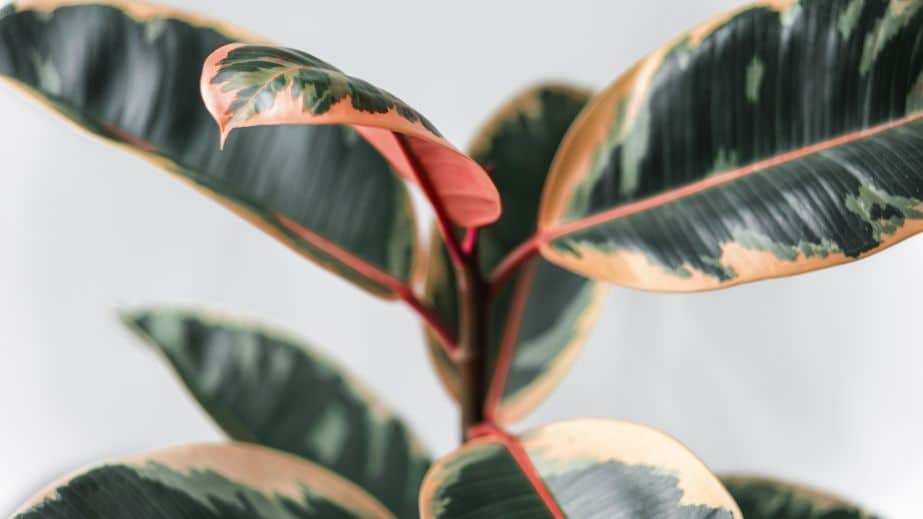
While majestic and beautiful in an outdoor setting, the Ficus tree should not be invited into your home. These trees are notorious for their finicky nature, and the sheer amount of care they require can be overwhelming for even the most dedicated plant parents.
They demand a perfect balance of sunlight and humidity, and a slight change can lead to leaf dropping a clear sign of an unhappy Ficus. Moreover, their sap contains latex, which can be an allergen for some people, causing reactions ranging from mild irritation to severe skin inflammation. It is undeniably best to admire this tree from a distance.
Oleander

Beware, plant enthusiasts: Oleander may boast of pretty pink or white flowers, but it’s far from the perfect indoor companion. Every part of this plant – leaves, stem, flowers – is laced with a deadly toxin called oleandrin.
Even inhaling its smoke can cause severe health issues like heart complications and digestive upset. It is particularly hazardous around curious pets and children. As beautiful as it is, Oleander’s underlying danger casts it in a different light, doesn’t it? It’s a stark reminder that not everything pleasing to the eye is equally kind to our health.
Areca Palms
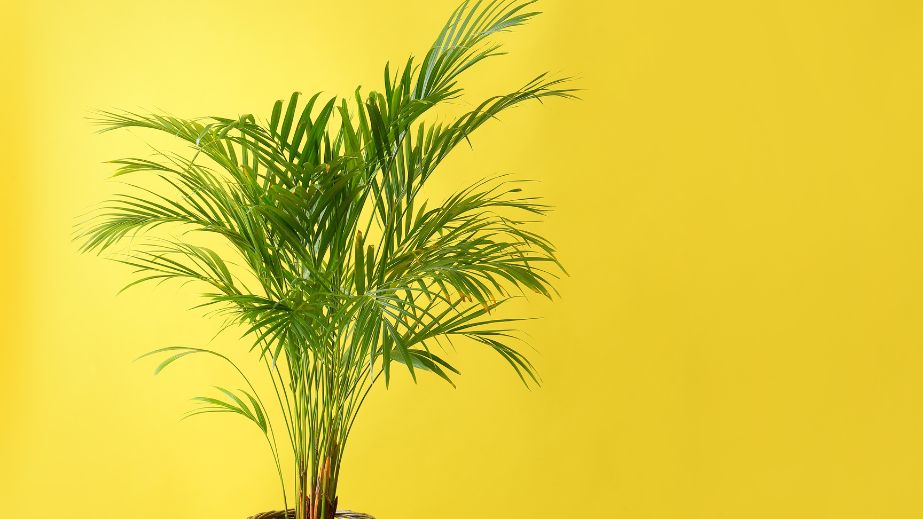
Areca Palms may seem like a delightful addition to your indoor gardening collection with their feathery, arching fronds that bring a touch of tropical paradise into your home. However, it’s essential to exercise caution. These palms, while beautiful, are sadly notorious for their aggressive growth and invasive root systems.
They can outgrow their pots quickly, demanding frequent repotting that could be a nuisance for the busy home gardener. Furthermore, they are highly susceptible to pests like mealybugs and spider mites, which could inadvertently infest your other indoor plants. So, as much as their lush greenery may appeal to your aesthetics, it’s best to leave the Areca Palms at the nursery.
Euphorbia Trigona

Euphorbia Trigona, often mistaken for a cactus, can give your home an exotic, tropical touch. However, it’s essential to be aware of its double-edged nature. This plant’s sap is highly toxic and can cause severe skin irritation and painful eye damage.
While it’s natural to be drawn to its unique aesthetic, its risks may outweigh the visual appeal for many, especially households with children or pets. Therefore, despite its beauty, Euphorbia Trigona might be a plant best admired from a distance and left outside your home.
Boston Fern

Thanks to its lush, feathery fronds, the Boston Fern is a favorite among houseplant enthusiasts. But if you want to bring one inside, you might want to reconsider. Although beautiful, Boston Ferns require a delicate balance of conditions to thrive indoors.
They need a cool environment, high humidity, and plenty of indirect light. If your home lacks these conditions, your Boston Fern may start shedding leaves, creating a mess and triggering potential allergies. So, while these plants are undoubtedly charming, they might be more trouble than they’re worth inside your home.
Cyclamen

Cyclamen, while an alluringly beautiful plant with its unique upside-down blossom design, is one you might reconsider bringing into your household. It’s not that Cyclamen is inherently dangerous, but it does contain saponins – a substance that can cause vomiting, diarrhea, and other unpleasant symptoms if ingested by your beloved pets.
It also requires a chilly winter to bloom, which can be challenging to provide inside a cozy home. So, despite its ornate charm, it might be best to admire Cyclamen from afar or ensure it’s placed well out of your furry friend’s reach.
Elephant Ear
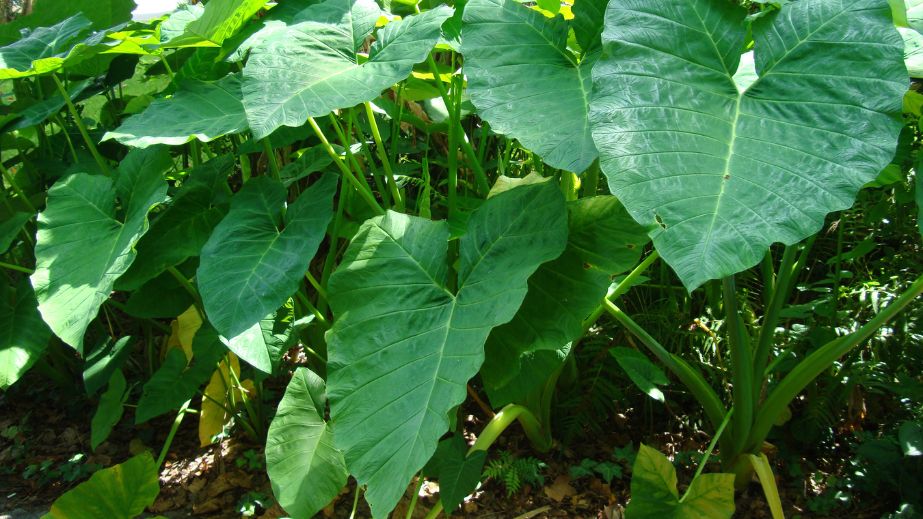
With its large, impressive foliage, the Elephant Ear can be a tempting choice for an indoor green space. However, knowing that this plant can pose a substantial risk to your household is important.
All parts of the Elephant Ear plant contain calcium oxalate crystals, which, if ingested, can cause irritating symptoms such as burning the mouth and throat, excessive drooling, and difficulty swallowing. So, despite their aesthetic appeal, Elephant Ears are best left outside or enjoyed from a distance in a botanical garden.
Dumb Cane
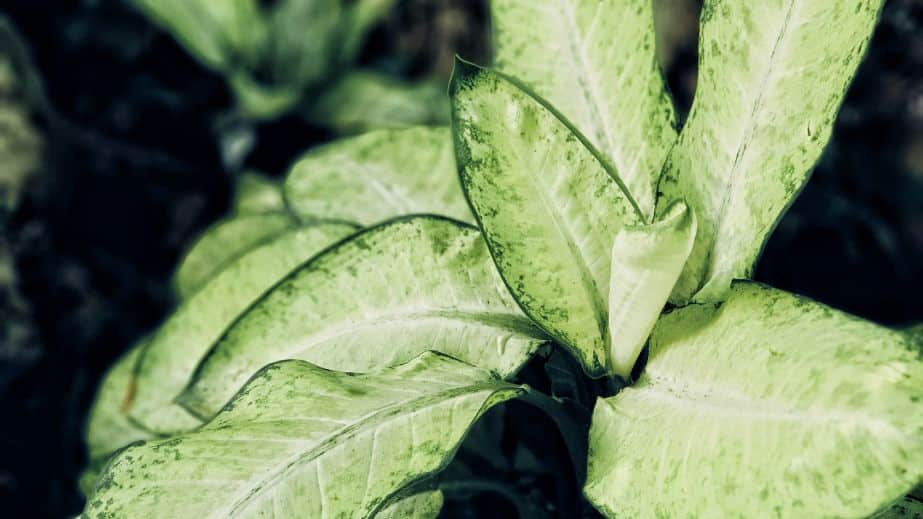
Beware the Dumb Cane, or Dieffenbachia, a common indoor plant known for its large, lush leaves. While it adds a dash of the tropical to your home, it harbors a dark secret.
Every part of this plant is poisonous. If ingested, it can cause a burning sensation and, in severe cases, can lead to a temporary inability to speak, earning it the name ‘Dumb Cane.’ This plant is particularly dangerous around pets and children. So, if your heart is set on a Dieffenbachia, ensure it is placed well out of reach of curious nibblers.
Jade

The Jade plant, also known as Crassula ovata, may have an appealing aesthetic, but beware before you bring this leafy green into your living space. While it’s often admired for its thick, shiny foliage and potential to grow into a miniature tree, this plant has a darker side.
The Jade plant can harm pets if ingested, causing vomiting, lethargy, and a slow heart rate in severe cases. Moreover, it requires ample sunlight, making it a challenging choice for those with less-than-sunny homes. As much as we might adore its charming appearance, it’s a member of our “not in our house” list for these reasons.
Zebra Plant

The Zebra Plant, while striking in appearance with its vibrant green leaves adorned with brilliant white streaks, is one houseplant you might want to reconsider.
Despite its visually appealing design, the Zebra Plant requires high humidity and temperature conditions to thrive, which are challenging to maintain in an average household. Moreover, it can bring about allergic reactions in sensitive individuals. Therefore, while its zebra-esque beauty might be tempting, this plant may not fit your home best.
Pothos
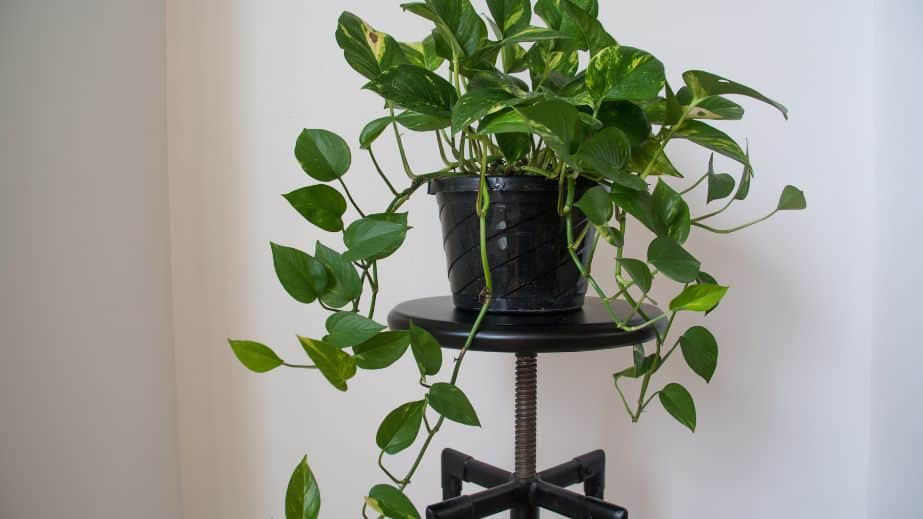
Pothos, with its charming tendrils and heart-shaped leaves, may seem like the perfect indoor plant to add a touch of greenery and nature to your home. However, caution is advised. Despite its allure, Pothos is highly toxic if ingested, making it unsuitable for homes with curious pets or children.
Its sap also causes skin irritation, so you might reconsider bringing this seemingly beautiful but potentially harmful plant into your home sanctuary. Remember, it’s not just about aesthetics; safety and well-being are paramount when choosing your indoor green companions.
Sago Palm
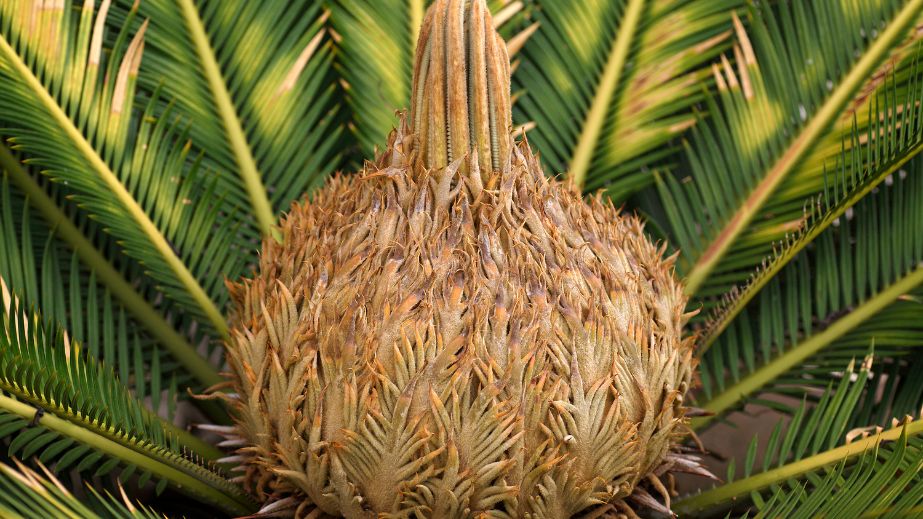
With its lush, feather-like fronds and low maintenance requirements, the Sago Palm might seem like an ideal addition to your indoor green space. However, knowing that this plant is highly toxic, especially for pets, is crucial.
Every part of the Sago Palm, including its seeds and leaves, contains cycasin, a toxin that can cause severe liver failure in dogs and cats. If you have furry family members or small children prone to nibbling on your houseplants, it’s best to steer clear of the Sago Palm. Remember, creating a safe environment is as important as cultivating beauty in your home.
Fiddle-Leaf Fig
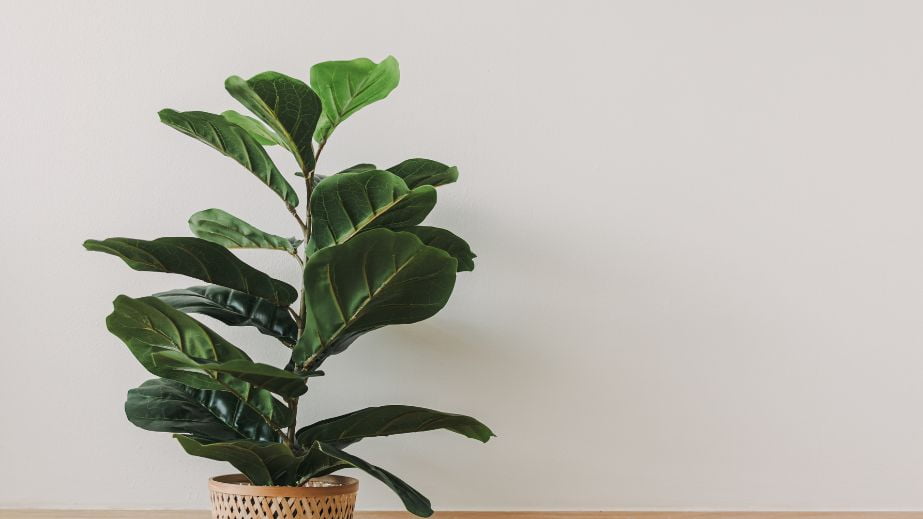
With its captivating, violin-shaped leaves, Fiddle-Leaf Fig may seem like an exquisite addition to your indoor green ensemble. However, this plant demands more than your average houseplant, making it a challenging addition to your domestic ecosystem. It requires very specific light, temperature, and humidity conditions to thrive.
Deviations from these conditions can lead to a sad, drooping fig or, even worse, a prematurely dead plant. The Fiddle-Leaf Fig is also prone to pest infestations, putting your other indoor plants at risk. So, while its striking aesthetics might be tempting, it’s wise to think twice before inviting this high-maintenance guest into your home.
20 QUINTESSENTIALLY AMERICAN FOODS THAT WILL MAKE FOREIGNERS GAG AND CRINGE!

Food has the power to bring people together, but certain dishes can be unsettling for people from different cultures. American cuisine is distinct, often featuring dishes that may seem peculiar to those who are not accustomed to it.
Discover 20 unique American delicacies that may elicit mixed reactions from foreigners! While Americans cherish these dishes, they might not be for everyone outside the US. Brace yourself for a splendid culinary adventure as we delve into these intriguing eats that might surprise you.
20 Quintessentially American Foods That Will Make Foreigners Gag and Cringe!
299 ESSENTIAL HOUSEHOLD THINGS TO BUY FOR A NEW HOUSE

Whether you are just starting on your own or living in the same place for years, these essential things to buy for a new house will make your life easier and help you maintain a healthy lifestyle.
299 Essential Household Things to Buy For a New House
30 WAYS AMERICAN TEENS ARE CHANGING THE WORLD

American teenagers are often dismissed as lazy and apathetic about the world around them. However, that couldn’t be further from the truth. This country’s youth have always been at the forefront of social change, and today’s teens are no exception. From environmental activism to political organizing to community service projects, American teens are committed to making a difference in their communities and beyond.
30 Ways American Teens Are Changing the World
30 WAYS AMERICAN TEENS ARE CHANGING THE WORLDMAN OR NATURE? WHO IS TO BLAME FOR WILDFIRES IN NORTH AMERICA-11 DEBUNKED MYTHS

Wildfires have become increasingly common in North America due to human activities and natural causes. It is important to understand that both play a role in the severity of wildfires, and understanding who is to blame can help to prevent future destruction.
15 THINGS THAT CAN’T BE TRUE BUT ACTUALLY ARE

Have you ever heard something that sounds too good to be true? Chances are, it probably is. But some things out there sound completely unbelievable, and yet they’re actually true.